
Department of Mathematics Education
Eva Meschel's
EMT 725/600 Page of Number Theory Problems
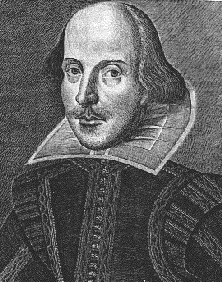
"William Shakespeare was only famous for his plays"
-Anguished English by Richard Lederer
So, okay, you're probably thinking, what does Shakespeare, a writer, actor,
playwright, everything not math related, have to do with number theory?
I mean that is just so totally way above my head
Well, here it is!
A famous, or infamous example of numerology: In Psalm 46, the 46th word
is "Shake." The 46th word from the end counting backwards is "spear"
- Shakespear!! Why? Well, when the King James Authorized Version was completed
in 1610, Shakespear(e) was 46 years old. Ironically enough the year 1610
is divisible by 46. Makes you want to go hmm......
I hope that you enjoy the photos and tidbits provided about each famous
number theorist who is represented on this page

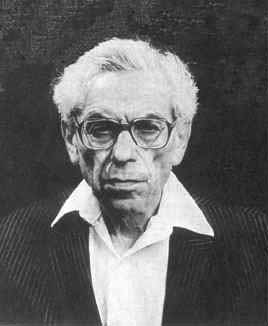
Dr. Paul Erdos, Hungarian number theorist extraordinaire. Indeed he himself
was untouchable and weird just like his numbers (Egiszededre, barat)
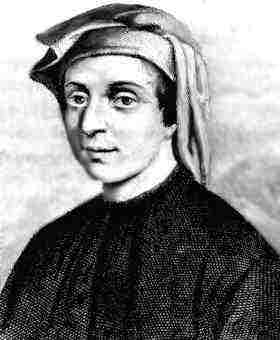
Fibonacci is perhaps the most famous of them all for his sequences and
work with numbers. We certainly do owe him a lot since he influenced so
many theorists and mathematicians. Whether he himself liked rabbits is not
known but probably completely irrelevant. He is also known as Leonardo of
Pisa, so when you get to the Leonardo of Pisa Problem, you will know the
two people are one and the same
 Ramanujan, the Indian mathematician,
who loved mathematics so much that he failed all of his other college subjects
at the University because he spent so much time doing mathematics
Ramanujan, the Indian mathematician,
who loved mathematics so much that he failed all of his other college subjects
at the University because he spent so much time doing mathematics
Email? Send to: emeschel@coe.uga.edu
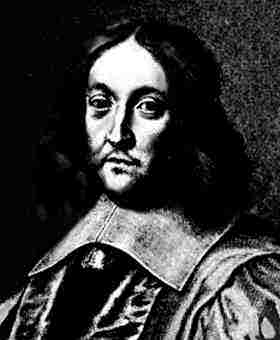
I, Pierre Fermat , encourage you to check out what I have planned for you.
I also take pride in the fact that this web page was designed so that I
am above Euler which of course I should be (see the Fermat/Euler counterattack)
- Seeking the Cube
- Twelve Ways for Nine Digits
- The Power of Two
- Fibonnacci Fun
- Triple Threat
- Pascal's Ponderance (see
the bit of information that I have on Blaise Pascal below. A picture is
included)
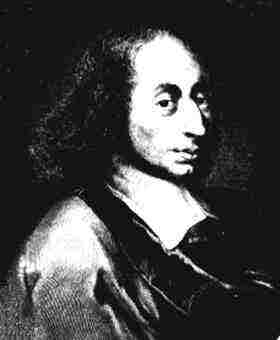
Blaise Pascal, son of Etienne, was only 16 years old when he wrote his first
serious piece of mathematical work, a paper on Conic Sections. Afterward,
he devoted many contributions to mathematics, including cofounding probability
with Pierre Fermat, also on this page. It is believed that had it not been
for his religious transformation he would have discovered calculus, but
illness took his life at the age of only 39.
- Fermat's Formulas Part I
- Fermat/Euler Counterattack
- The Mystery Seven
- More Fibonacci Fun
- The Erdos Untouchables
- Erdos' Weird Numbers
- A little Bit More of Euler
- The Problem of Leonardo of Pisa
- A Primal Problem Simply
Perfect The Mystery of Amicability
- Count the Brackets
- Bernouilli's Problem - n letters are written to different addresses
and n matching envelopes are prepared. In how many ways can the letters
be placed in the envelopes so that every letter is in the wrong envelope?
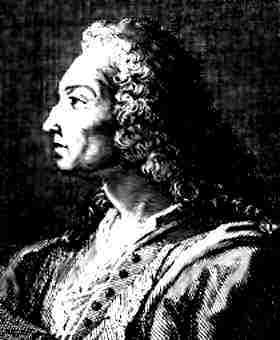
Jacob Bernouilli (a face to go with the name)
- Guptor's Problem - Prove that every number bigger than 45 is the sum
of distinct primes greater than 11 (Unfortunately I was unable to find a
picture of Guptor so you will have to imagine what he looks like)
- Ramanajan's Problem
- Palindromic Primes
- More fun with Primes - What is the smallest prime number where the
digits are in ascending order? How about descending order?
- Look at these interesting numbers!!
- Find the largest 2 digit number divisible by the product of its
digits
- Find the smallest number which can be written as the sum of two
squares in 3 different ways
- Find a 3 digit number which is equal to the sum of the cubes of
its digits. Now find two more numbers like this
- Show any 3 digit multiple of 37 remains a multiple when its digits
are cyclically permuted. Show that 5 digit multiples of 41 remains multiples
of 41 when their digits are permuted cyclically
- Show that every number greater than 55 is the sum of distinct primes
of the form 4n+3
- Find a number which is the sum of the factorials of their digits.
Can you find three more numbers like this? Is there a pattern?
- Find a square where if you reverse it you another square. Find three
more numbers like this. Is there a way to do this without without testing
each square?
- Find a square that is the sum of consecutive cubes
- 50 is the smallest number to be the sum of 2 squares in 2 different
ways (e.g. 50 = 5^2 + 5^2 = 7^2 + 1^2). What is the next number in this
type of sequence? And the next? Is there a pattern?
- A Fun Little Sequence
- A Challenging Proof
- A Series of Sequences
- A Sequence Riddle - What is the basis for the order in which these
ten digits have been arranged? 8,5,4,9,1,7,6,3,2,0
- The Story of Squares - A father with nine children lined them up.
He bought nine shirts each with one of the digits 1-9 on them. The children
were to put on the shirts and were asked to form four groups in order to
make up four numbers. After some moving around, the children formed four
groups: 21 47 596 38. But that is not what the father wanted. He wanted
them to form four groups so that each number formed was a square number,
or the square of an integer. Can the children do it? If so, what are the
square numbers?
- Try This One On For Size - the solutions to 3^n - 2^m = 1 for all
(n,m) is (2,3) and nothing else since we are talking about using only positive
integers. Why is this the only solution?
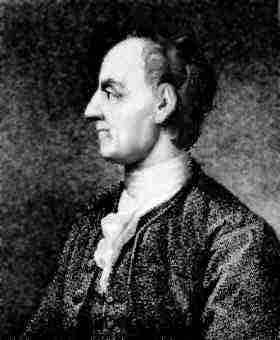
Leonard Euler ("why is Fermat way up there?" he is probably thinking.)
Reference List
Gardner, Martin (1961). Entertaining Mathematical Puzzles. Dover Publications,
Inc., New York.
Gardner, Martin (1994). My Best Mathematical and Logic Puzzles. Dover Publications,
Inc., New York.
Serebriakoff, Victor (1983). Puzzles, Problems, and Pastimes For the Superintelligent.
Prentice Hall, Inc., New Jersey.
Wells, David (1986). The Penguin Dictionary of Curious and Interesting Numbers.
Penguin Books, England.





 Ramanujan, the Indian mathematician,
who loved mathematics so much that he failed all of his other college subjects
at the University because he spent so much time doing mathematics
Ramanujan, the Indian mathematician,
who loved mathematics so much that he failed all of his other college subjects
at the University because he spent so much time doing mathematics



